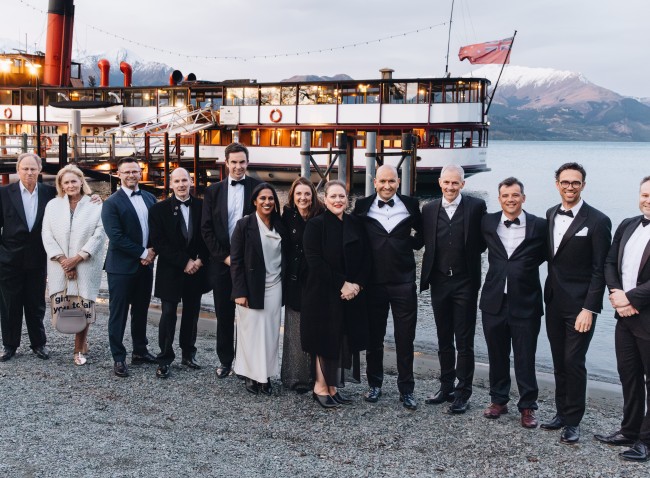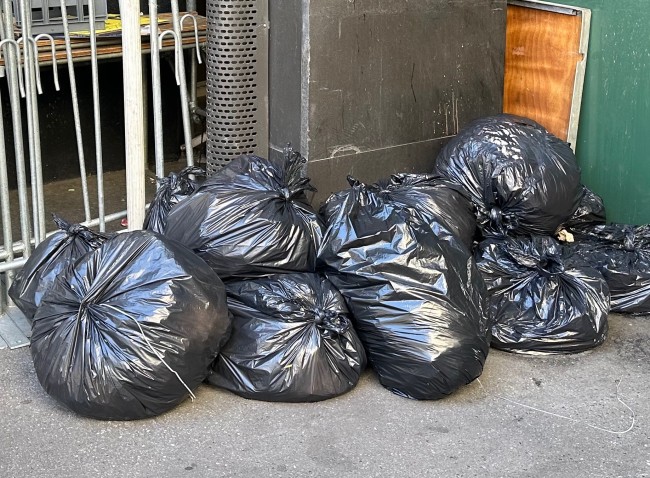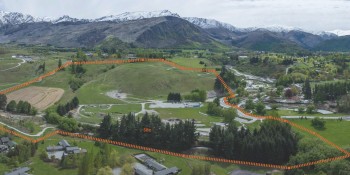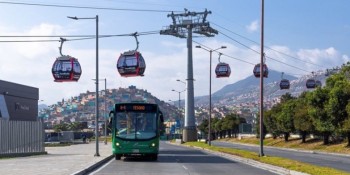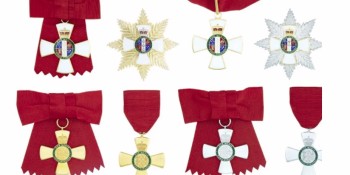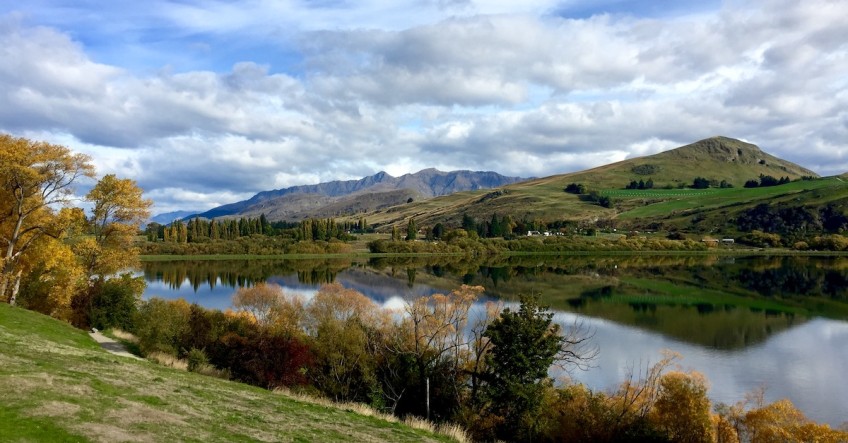
Catchment groups’ report reflects community collaboration
The stories of at least 14 catchment groups working with the Otago Regional Council has captured an ‘on the ground’ perspective of current actions being undertaken across Otago, to better inform the development of its forthcoming Land and Water Regional Plan.
The Catchment Stories report has just been released on the ORC’s website. ORC’s Senior Economist Dr Ann Yang says the report found a general recognition that all land users have a part to play in responding to and managing the impacts from their activities, and in improving environmental outcomes.
“The report highlights real challenges people are experiencing of the cost of doing rural business and the anxiety among communities caused by the uncertainty of regulatory change,” she says.
It also provides an “on the ground” perspective of the costs of implementing environmental mitigations, that will inform the economic impacts of the Land and Water Regional Plan (LWRP), she says.
The Catchment Stories report is the second of five reports from ORC’s Economic Work Programme which is part of the overall LWRP project. The first report was Farmers and Growers in Otago, which was released last November, covering more than 150 years of farming practices for six industries.
Dr Yang says the Catchment Stories report also identifies additional opportunities for ORC to improve its engagement with communities.
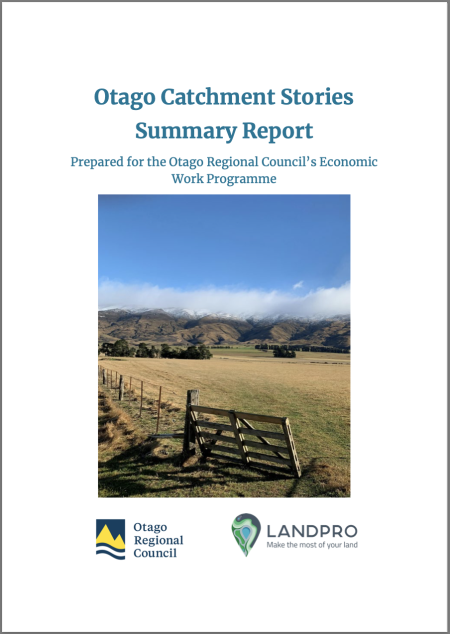
The Catchment Stories report has just been released on the ORC’s website.
The Catchment Stories project saw 14 catchment groups and several other groups across the region, including an urban group, interviewed in mid-2022, to capture and document their activities and views.
ORC’s General Manager Policy and Science, Anita Dawe says the report provides Council and other interested parties with a better context and understanding of what local communities are already doing to manage land and water across the region, along with the challenges they face.
“Catchment groups play an important role in developing and implementing community driven solutions,” Ms Dawe says.
An estimated 22 catchment groups across Otago
The Catchment Stories Project was set up to give those groups who are working on the ground a voice to understand the real costs of implementing mitigations to inform the economic impact of the LWRP, to listen to people in catchment communities and learn about what they are already doing to manage land and water across the region, and to hear about the practical challenges people face and the opportunities they see, the report says.
As of July 2021, there were an estimated 22 catchment groups across Otago, with a total of 1352 members, with further catchment groups being considered and membership growing.
The Otago Catchment Community, the New Zealand Landcare Trust, Beef + Lamb NZ, and individual community leaders have been instrumental in both the development and implementation of these catchment groups, the report says.
The catchment organisations and other groups involved include the Pomahaka Catchment Group, Upper Taieri Wai (formerly Upper Taieri Water Resource Management Group), the Kyeburn Catchment Group, Wānaka Catchment Group, Open VUE (Open Valley Urban Ecosanctuary), East Otago Catchment Group, Lake Wakatipu Catchment Group, Tahakopa (a group of six local farming landowners), the Glenorchy Catchment Group and Friends of Lake Hayes.
The report says a number of groups were formed to help members better understand and navigate a way through regulation; and to have a greater sense of ownership in determining their respective catchment’s destiny.
Priority focus of water quality and use
The report says a priority work focus for most groups interviewed was water quality and use.
Progress was being made on increasing waterway monitoring and water quality testing programmes in many areas. There was also an increased focus on improving the efficiency of water used and promoting on-farm water storage to relieve the pressure from waterways during times of the year when water was in short supply, the report says.
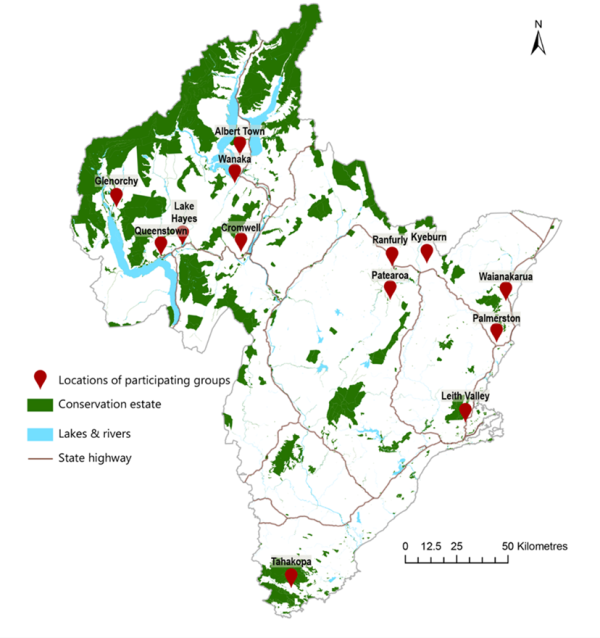
Locations of groups who participated in Catchment Stories report
Many of the groups who contributed to the report there was a wider need to tell the farmer/grower story better, and that sharing a group’s ‘wins along the way’ was vital to retaining members’ interest, buy-in and motivation; particularly when the perception is that those outside the rural community only hear of farming’s perceived ‘negative’ outcomes.
The three more reports to come in 2023
Report 1. Published Nov 2022 Farmers and Growers in Otago
Report 2. Published 31 March 2023. Catchment Stories
Report 3. Testing the Impacts of Environmental Actions, which will model impacts of possible environmental actions on the businesses of around 50 case study farmers and growers.
Report 4. An Otago Economic Profile for Fresh Water and Land, which will explore the contribution of each industry to Otago’s economy and show how each sector uses land and fresh water.
Report 5. Fresh water and the economies of Kai Tahu and Māori in Otago. It will look at the socio-economic impact of freshwater management decisions on mana whenua in Otago and other Māori; including the place of wai māori in the Kāi Tahu economy in Otago and examine the likely impacts of the proposed Land and Water Regional Plan.
Main image: Lake Hayes










